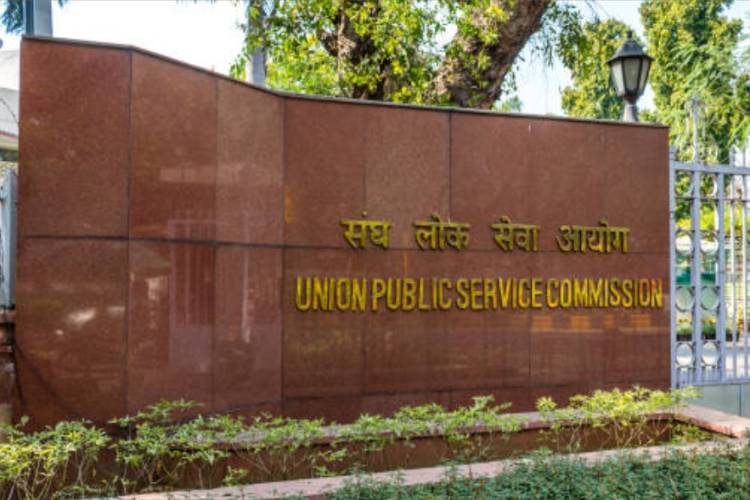
Scientific progress has long been recognised as a driver of national development. For any country aspiring to sustained economic and social advancement, scientific temper within government is essential. Acknowledging this, the Indian government formally introduced a lateral entry programme in 2018 to inject specialised expertise into the civil services. The intent was clear: bring in professionals with domain knowledge to enhance policymaking and implementation. Yet, seven years on, the programme remains mired in systemic resistance and administrative inertia.
At the core of the problem lies the rigid structure of India’s traditional civil services, dominated by the Indian Administrative Service (IAS). This generalist cadre values seniority and bureaucratic experience over sectoral knowledge. Lateral entrants, drawn from the private sector or academia, disrupt this model by bypassing traditional pathways to power. Unsurprisingly, this has sparked institutional pushback, especially in science and technology (S&T) departments, which remain low in bureaucratic priority.
READ | Rate cuts make sense — but only if banks pass them on
Sidelining of science and technology roles
A recent report by NITI Aayog, A Roadmap for Strengthening State S&T Councils, and remarks by Union Minister Jitendra Singh, reveal how S&T posts are often treated as unattractive by IAS officers. These positions are seen as lacking prestige or political salience. Officers posted as state science secretaries frequently seek transfers, leaving the councils under-resourced and directionless.
This misalignment of incentives means that S&T roles become career dead-ends for bureaucrats and institutional non-starters for lateral hires. The threat to hierarchical norms posed by lateral entrants—who may enjoy direct appointments and fixed tenures—only compounds the hostility. Even when lateral entrants bring genuine value, the institutional culture resists collaboration, undercutting their ability to lead reform or innovation.
Policy paralysis over reservations
A major blow to the programme came in August 2024, when the Union Public Service Commission (UPSC) was forced to withdraw its advertisement for lateral entry roles. The reason: political backlash over the absence of reservations for marginalised communities. Though the government had initially categorised these as “single posts” exempt from reservation, that argument did not stand up to political scrutiny.
Opposition parties and coalition allies such as the Lok Janshakti Party and Janata Dal (United) argued that such exemptions eroded the principles of social justice. Under pressure, the government promised a policy review, but the damage was done. The withdrawal exposed the programme’s vulnerability to populist sentiment and its failure to align with constitutional mandates on equity in public employment.
Operational gaps and vacancies
Beyond political setbacks, there are deep operational deficiencies. The NITI Aayog report found that state S&T councils are plagued by acute staff shortages, often operating with skeletal personnel. Many executive director positions remain vacant, and those filled are frequently held by IAS officers with little scientific training or long-term commitment.
The report recommended hiring full-time directors with domain expertise, through a transparent and merit-based process. It also suggested that states fund key positions instead of relying on the Centre. However, implementation has been poor. Few states allocate even the recommended 0.5% of their Gross State Domestic Product (GSDP) to S&T, constraining councils from creating new roles or improving infrastructure.
Without competitive salaries, institutional support, or budgetary assurance, lateral entry positions cannot attract top talent. In effect, India is asking high-calibre professionals to work within a bureaucratic maze, without the resources or authority to drive change.
Bureaucratic gatekeeping and perception risks
The lateral entry programme’s dependence on the UPSC for recruitment adds another layer of complexity. The process remains slow, formalistic, and unsuited to dynamic sectors such as technology, public health, or climate policy, where expertise is rapidly evolving. The absence of a structured career trajectory for lateral hires further limits their appeal and effectiveness.
Critics have flagged the risk of a “spoils system” emerging—where lateral entry could be manipulated to place political loyalists in key posts, bypassing institutional checks. Meanwhile, public discourse often paints lateral entry as elitist, a tool for exclusion rather than empowerment. These perceptions weaken the programme’s legitimacy and erode public trust.
Lack of success stories
India’s track record with lateral entry has been mixed. Historical examples like Dr Manmohan Singh—an economist who rose to key policymaking positions and eventually became Prime Minister—offer evidence that domain knowledge can deliver public value. But recent entrants have struggled to produce comparable impact. This is partly due to institutional resistance, but also because no serious effort has been made to monitor performance or communicate outcomes.
Without credible success stories, the case for expanding lateral entry remains weak. The public will not support reform unless it sees tangible results. Nor will the bureaucracy change unless it is persuaded that expertise complements rather than threatens its role.
A time for course correction
If India is serious about reforming governance, lateral entry must be rescued from half-hearted implementation. A few clear steps are essential.
First, a legislative framework must be created that embeds lateral entry into the civil service structure with constitutional safeguards—particularly regarding reservations and recruitment procedures. Second, domain-specific cadres should be developed in sectors such as technology, energy, climate, and finance, with career tracks and incentives tailored to their unique needs.
Third, the programme must be delinked from UPSC processes that are better suited to generalist roles. Recruitment should be decentralised, with ministries or expert panels leading the process in partnership with the Department of Personnel and Training. Finally, the government must invest in communication—building public awareness of why lateral entry matters, and showcasing where it has worked.
For a country aspiring to global leadership in science and technology, clinging to 20th-century bureaucratic norms is not an option. India’s governance must evolve—and lateral entry, if reformed and protected, could be one part of that evolution.
